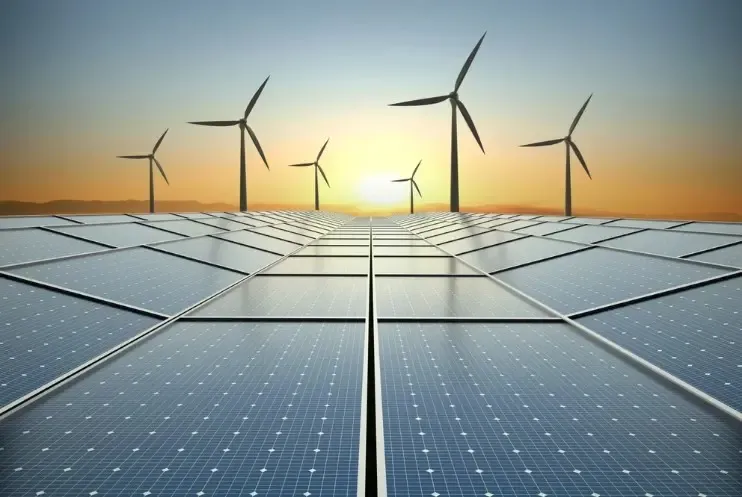How Did India Achieve a Record 25 GW Renewable Capacity?

Synopsis
Key Takeaways
- India added 25 GW of renewable capacity from April to September 2025.
- Solar energy is the leading contributor to this growth.
- The country surpassed its renewable energy goals five years early.
- Over 2 million households are benefiting from solar power initiatives.
- The PM-KUSUM scheme is integral to the energy transformation in rural India.
New Delhi, Oct 10 (NationPress) In a remarkable achievement, India has successfully added an impressive 25 GW of renewable energy capacity during the April to September timeframe this year, as reported by Minister of New and Renewable Energy, Pralhad Joshi, on Friday.
With around 125 GW of solar capacity installed, India now ranks as the third-largest solar power producer globally.
“India has reached a historic milestone in clean energy by integrating a record 25 GW of renewable capacity in the April-September 2025 period (H1FY26), primarily driven by solar energy. This achievement embodies PM Narendra Modi’s vision for a brighter, sustainable future as our nation moves towards becoming a global leader in renewable energy,” the minister stated in a post on X.
This achievement underscores PM Modi’s aspiration for a sustainable future, propelling India towards global leadership in the renewable sector, he added.
The nation has surpassed its renewable energy goals a remarkable five years ahead of schedule, achieving over 50 percent of its total electricity capacity from non-fossil fuel sources.
During the launch event for the 8th session of the International Solar Alliance (ISA) assembly, scheduled from October 27-30 in the capital, the minister emphasized that India's success story is not merely about statistics; it revolves around the people.
“We have witnessed firsthand how decentralized solar energy transforms lives, illuminating rural homes, powering local health centers, and providing essential tools for our farmers. The PM Surya Ghar Muft Bijli Yojana has benefitted over 2 million households through solar energy,” Joshi noted.
He further elaborated that under the PM-KUSUM scheme, “we are extending this transformation to the heart of India.”
The scheme’s three components focus on installing 10 GW of small solar plants, supporting 1.4 million off-grid solar pumps, and solarizing 3.5 million grid-connected agricultural pumps.
Together, these initiatives ensure that clean energy reaches even the most remote areas. This blend of scale and inclusivity characterizes India’s energy transition.









